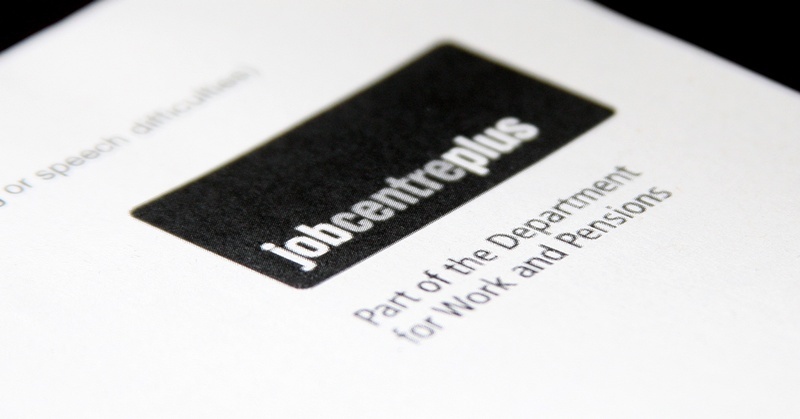Youth unemployment in Perth and Kinross and across Scotland has leapt by more than 70% in the past three years, according to new figures released by Citizens Advice Scotland.
The organisation believes that unemployment and redundancies have been the most visible effect of the recession on young people, and it believes those in the 18-24 age group will continue to be the worst affected, even after the recovery begins.
Figures contained within Citizens Advice Scotland’s new report, Being Young Being Heard, reveal that the number of Scots 18-24-year-olds claiming Job Seekers Allowance (JSA) has been spiralling since 2007.
They suggest that no group of young people has been spared by the recession, as it has hit school leavers, students, graduates, apprentices and employees alike.
While the picture in Perth and Kinross and Dundee City remains significantly better than that in other local authority areas across the country with Fife badly hit it nonetheless represents a considerable problem.
Citizens Advice Scotland’s report records that the claimant count for those in receipt of Job Seekers Allowance (JSA) increased significantly among 18-24-year-olds from 23,400 in August 2007 to 41,895 by August 2010 an increase of 79%.
Across Scotland, around one in eight young people aged 18-24 are claiming out-of-work benefits, while the number claiming JSA more than doubled between August 2007-10 in seven local authority areas.
In terms of the total number of young people claiming out-of-work benefits, Glasgow City has easily the highest number in Scotland 10,000 in August last year more than twice as many as the nearest local authority.
North Lanarkshire, Fife, Edinburgh and South Lanarkshire were other local authorities with high rates of young unemployed.
